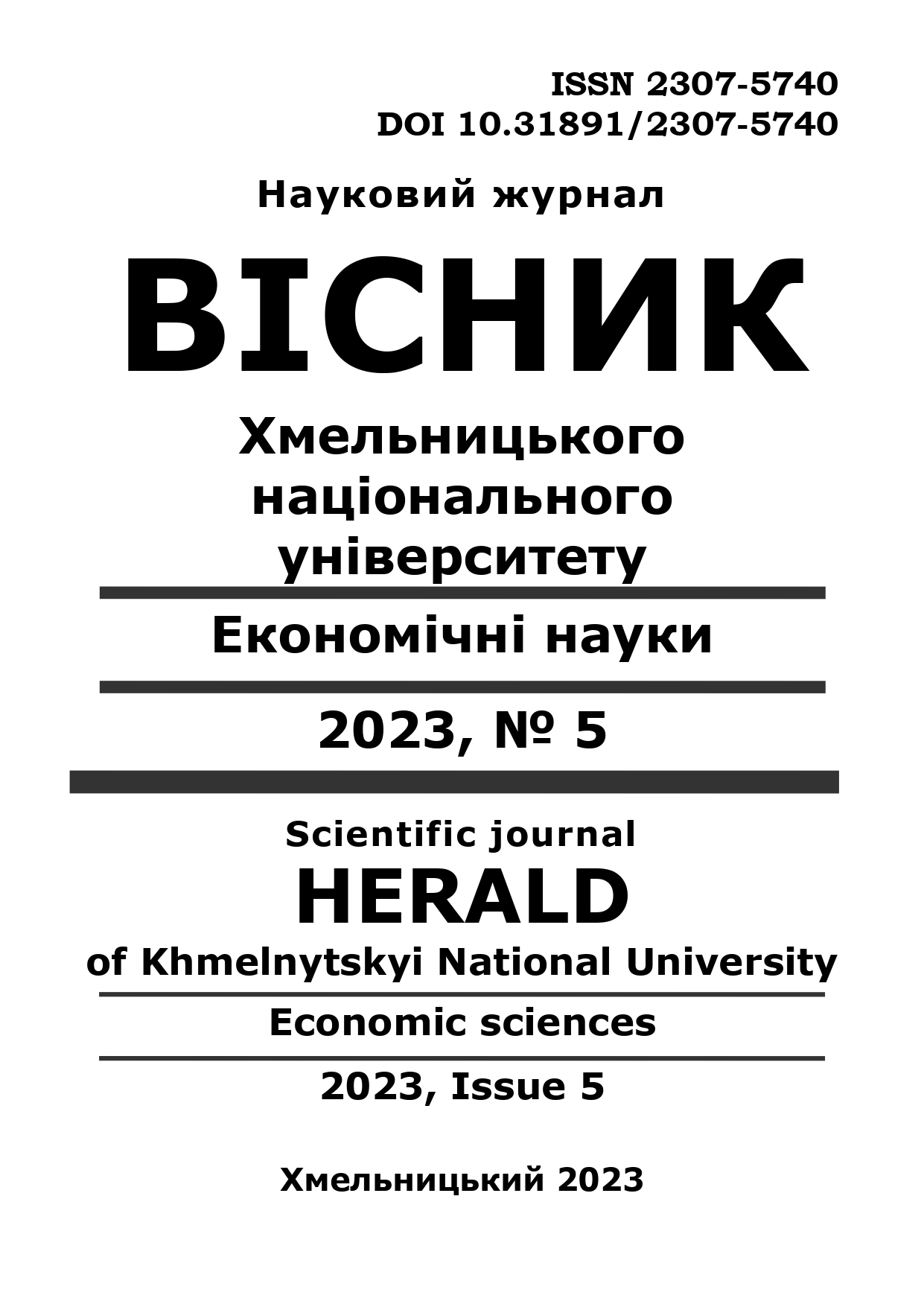ADAPTATION OF FIELD FORAGE PRODUCTION IN UKRAINE TO THE REQUIREMENTS OF THE "GREEN" COURSE
DOI:
https://doi.org/10.31891/2307-5740-2023-322-5-52Keywords:
animal husbandry, dairy farming, field fodder production, efficiency, adaptation, management, sustainable developmentAbstract
The article presents the results of a study of the state and prospects for developing field fodder production as a necessary component in reviving large-scale milk production in the conditions of various challenges today in the context of the "green" course of Ukraine. Field fodder production has a leading role in solving the problem of providing dairy herds with full-fledged bulk fodder in sufficient quantities, especially in arid regions. The creation of a strong and high-quality fodder base for cattle is possible through the innovative development of modern intensive field fodder production, which should be based on a high level of mechanization, electrification, intensive energy-saving technologies for growing and harvesting fodder, on the achievements of genetics, breeding, and biotechnology. In 2021, the sown area of fodder crops was determined to be 1,535 thousand ha, 4.6 times less compared to 2000, 1.7 times less since 2010, and 8.5% less since 2020. There is a clear tendency to decrease livestock and poultry in agricultural enterprises and households. The total number of farm animals for all categories of farms decreased by 1.7-3.6 times during the studied period, and only poultry increased by 1.6 times. In the structure of cultivated areas of crops in Ukraine in 2021, fodder crops occupied 5.4%. At the same time, the specific weight of crops of perennial grasses in the entire sown area was only 2.9%. The revival of animal husbandry in agrarian enterprises in general and dairy cattle breeding, in particular, is associated with the intensification and improvement of the economic efficiency of field fodder production. In this regard, the anticipatory provision of animal husbandry needs with high-quality, protein-balanced, cheap fodder is particularly important. The reasons for the unsatisfactory development of fodder production are summarized. In recent years, military operations in the country have exacerbated the negative trends in field fodder production and the livestock industry, including dairy farming. An important task of modern fodder production is to reduce the negative impact on the environment to counteract the deterioration of the natural environment further. Due to global warming, there is a need to change the land management principles and adapt field fodder production to new climatic conditions. Such a course is inevitable since Ukraine, aiming to further integrate into the European Union, must fulfill its commitments and adhere to sustainable land use and reliable environmental protection principles. In order to reap the benefits of climate change and compensate for potential damages, appropriate adaptation measures must be implemented with a multi-stakeholder approach and collaboration. At the same time, the leading role in reducing the potentially dangerous consequences of climate variability and extreme events, raising awareness of adaptation to new or changing conditions, determining priorities, and developing a coordinated approach belongs to the state and government. Types of measures and specific directions for the adaptation of domestic agricultural enterprises to today's challenges in the field of field fodder production in the context of sustainable development are proposed, which will contribute to the adoption of balanced management decisions, which will increase the effectiveness of business entities and their competitiveness.


